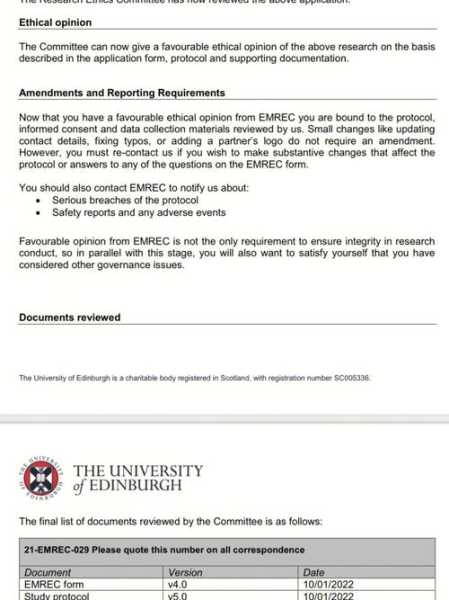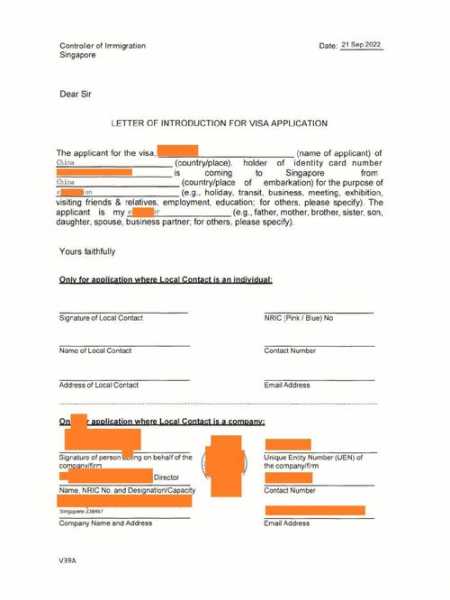This guide provides an in-depth overview on crafting an authorization letter in English, covering essential format elements and best practices for clear, effective communication.
Introduction:

An authorization letter is a formal document that grants someone the legal authority to act on behalf of another person or entity. Whether for business, legal, or personal reasons, an authorization letter serves as a powerful tool to ensure that the designated representative has the necessary permissions to conduct specific actions or transactions. This article provides a detailed guide on how to write an authorization letter in English, including the format and best practices.
I. Understanding the Purpose of an Authorization Letter
Before diving into the format, it is essential to understand the purpose of an authorization letter. The primary reasons for drafting an authorization letter include:
1、Granting someone legal authority to sign documents on your behalf.
2、Authorizing a third party to make financial transactions or access personal information.
3、Empowering a representative to attend meetings or negotiate deals in your absence.
4、Ensuring that the designated person has the necessary permissions to act on your behalf in any other capacity.
II. Format of an Authorization Letter in English
The following is a standard format for an authorization letter in English. While the layout may vary slightly depending on the specific context, this structure can serve as a helpful guide:
1、Header:
- The letterhead, which includes your company's or personal details (name, address, contact information).
- The date of the letter.
2、Salutation:
- Address the letter to the recipient, such as "To Whom It May Concern" or the specific name of the person or entity you are authorizing.
3、Introduction:
- Begin by stating the purpose of the letter, such as "I hereby authorize [Name of Authorized Person] to act on my behalf."
4、Body:
- Specify the scope of authority granted. Be as detailed as possible, including:
- The nature of the actions or transactions the authorized person can undertake.
- The duration of the authorization (e.g., "until further notice" or "for a period of one year").
- Any limitations or restrictions on the authority (e.g., "only in relation to [specific matter or transaction]").
- Provide any relevant details about the authorized person, such as their position or role within your organization.
5、Closing:
- Reiterate the authorization granted and express gratitude for the recipient's attention to the matter.
- End with a formal closing, such as "Sincerely" or "Yours Faithfully."
6、Signature:
- Sign the letter in the presence of a witness, if required by law or company policy.
- Include the date of the signature.
7、Enclosures:
- If applicable, attach any supporting documents, such as a copy of the ID of the authorized person or a list of authorized actions.
III. Best Practices for Writing an Authorization Letter
To ensure that your authorization letter is effective and legally binding, consider the following best practices:
1、Be Clear and Specific:
- Clearly define the scope of authority granted, avoiding ambiguity that could lead to misunderstandings or legal disputes.
2、Use Formal Language:
- Write in a professional and formal tone, using appropriate language for the context of the letter.
3、Include Necessary Details:
- Provide all relevant information, such as the identity of the authorized person, the purpose of the authorization, and any time limits or restrictions.
4、Keep It Legal:
- Ensure that the letter complies with any legal requirements, such as the need for witness signatures or notarization.
5、Review and Revise:
- Proofread the letter for grammatical errors and clarity, and make any necessary revisions before sending it.
6、Keep a Copy:
- Keep a copy of the authorization letter for your records, along with any supporting documents.
Conclusion:
An authorization letter is a crucial document that grants legal authority to act on behalf of another person or entity. By following the proper format and best practices, you can ensure that your authorization letter is clear, legally binding, and effective in achieving its intended purpose. Whether for business, personal, or legal reasons, taking the time to draft a well-structured authorization letter can save you from potential complications and misunderstandings in the future.
相关阅读:
1、Ultimate English Template for Payment Authorization Letter
2、Ultimate Guide to Professional English Collection Authorization Letter Templates
4、Mastering the Hotel Proxy Authorization Letter: Your Ultimate Guide
5、Ultimate Guide to Crafting an Authorization Letter: English Sample Included
Crafting the Perfect Authorization Letter for Business: A Step-by-Step English Template Guide
Essential Steps for Crafting a Perfect Authorization Letter in English
Essential Steps for Crafting a Perfect Authorization Letter in English
Essential Steps for Crafting a Perfect Formal Power of Attorney Letter in English
Step-by-Step Guide to Crafting a Perfect Formal Authorization Letter with English Template
Essential Steps for Crafting a Perfect Power of Attorney Letter in English
Essential Steps for Crafting a Perfect Power of Attorney Letter in English
Essential Steps for Crafting a Perfect Power of Attorney Letter in English
Crafting the Perfect Opening: A Step-by-Step Guide to Starting a Letter of Authorization











